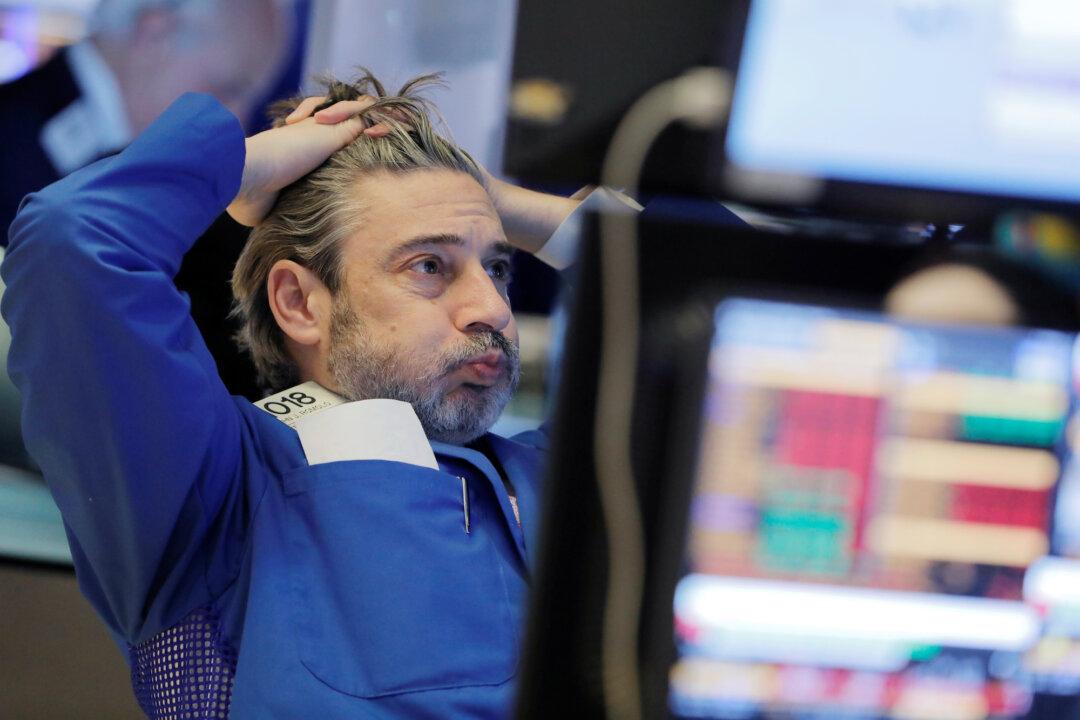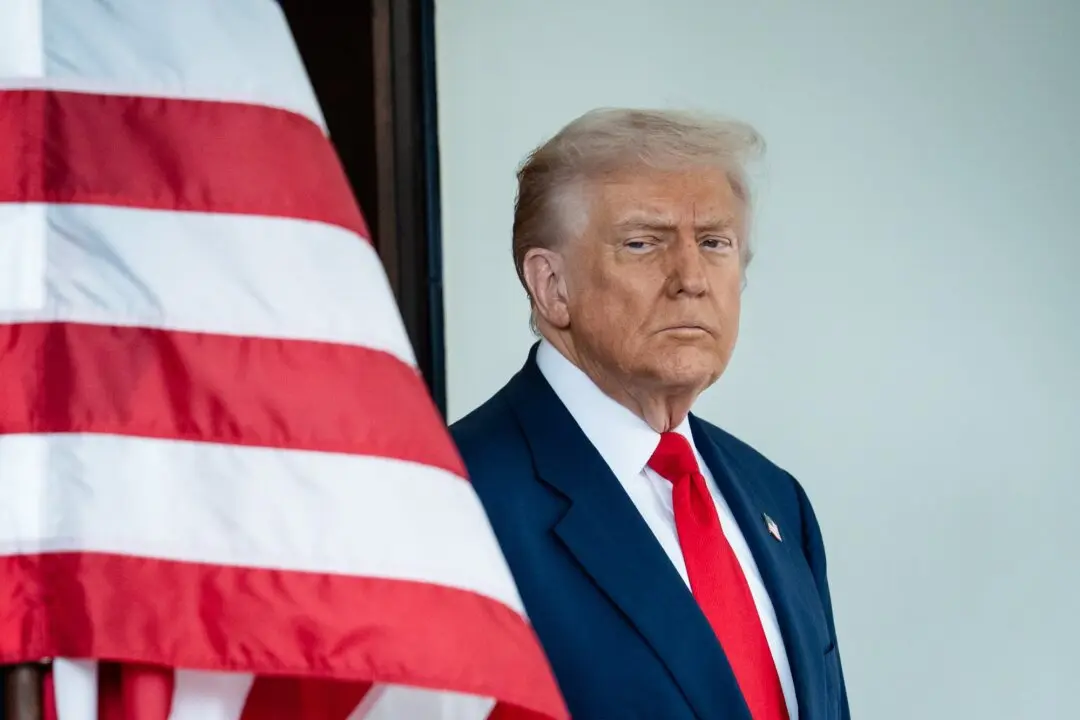By finishing in negative territory at closing bell Friday, the Dow Jones Industrial Average (DJI) hit its longest pre-weekend losing streak since 2006, as coronavirus fears undercut investor confidence and cast markets into turmoil.
The iconic blue-chip stock index closed 0.98 percent in the red when the market shuttered at 4 pm ET on March 6, bringing the Dow’s losing streak up to seven straight Fridays. According to Dow Jones Market Data, the index experienced eight consecutive Friday closes in the red in 2006.





